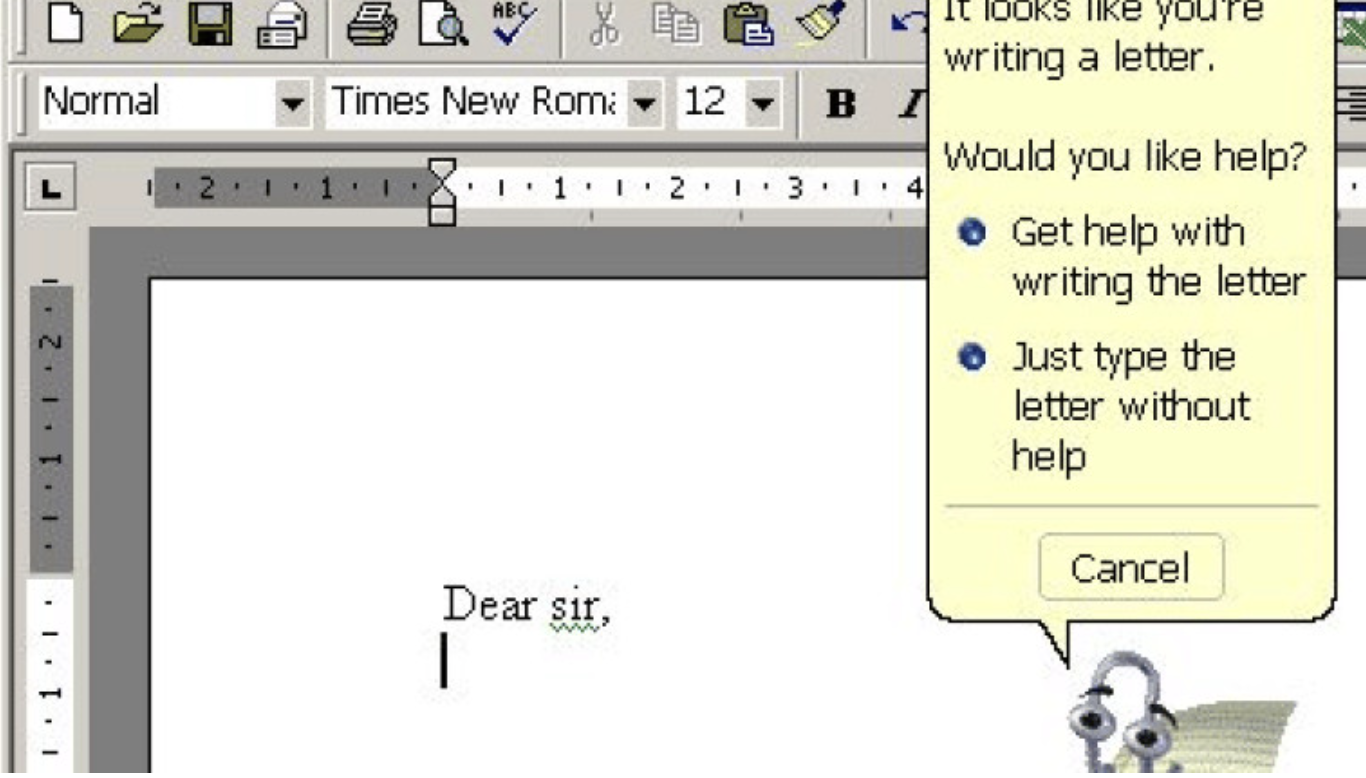Why Every Design Should Start with a Question, Not a Solution
I’ve been in a sewing frenzy. Every day I wake up, sew for a couple of hours, maybe get a few other things done, then I go to work. Now, sewing has sharpened my skills as an engineer because it allows me the chance to problem solve, use math, and be creative in coming up with designs. However, I’ve missed a key aspect of engineering, which is creating solutions to a problem that has been discovered. In engineering, starting with a solution before identifying a real problem often leads to ineffective, unused, or even wasteful designs.
Tim Brown, the IDEO executive chair, put it plainly, “Design thinking is a human-centered approach to innovation that draws from the designer’s toolkit to integrate the needs of people, the possibilities of technology, and the requirements for business success” [1]. So what’s the issue behind my sewing binge? I’m creating designs without a clear need to fill (unless you call summer boredom my defined problem). Failing to design for a problem first becomes a mess of misguided designing.
This problem isn’t exclusive to individuals. Entire companies can fall into the trap of designing solutions before identifying a need. One example of this is the 90’s famously annoying virtual assistant, Clippy. Clippy was intended to help guide Microsoft Office software users as they created documents. As it turns out, there wasn’t a need for this. Clippy gave answers to simple questions users already knew. In addition, Microsoft had used social psychologists from Stanford to test different versions of Clippy where focus groups described him as unsettling [2]. Nonetheless, Microsoft proceeded and was met with harsh backlash from users. While Clippy was technically impressive, it was irritating users and creating a new problem that dissatisfied users.
Figure 1: An example of Clippy in action [3].
Microsoft went wrong by designing without a clear problem at hand. Their design started with the intention of creating a new technical feat instead of being a solution to a problem expressed by users. Furthermore, Microsoft displayed their lack of empathy by refusing to listen to the results of their own focus groups. Clippy is a cautionary tale about the importance of using empathy in design.
Don’t get me wrong, it’s perfectly fine to create designs for yourself without a clear problem to be solved. Not only does that allow you to harness individual design skills like 3D modeling or electrical building, but you’re able to create something that is solely yours. The important thing is to differentiate what the purpose of your design is. Defining this purpose is the backbone to effective design thinking. Without it, the design can only be intended for limited audiences.
Depending on what your intention is, you may be taking more of an artistic route (designing for visual or aesthetic creativity) instead of the engineering route (designing to solve a task). Ask yourself what that purpose is. Art asks: ‘What do I want to express?’ Engineering asks: ‘What problem do I need to solve?’ After all, the first step to the design process is to, “Empathize with people experiencing the problem” [4].
Creativity and exploration are essential parts of design, but in engineering, they should be grounded in purpose. Designing without a defined problem might sharpen your skills and generate interesting ideas, but it risks wasting time and creating solutions no one needs. Whether you’re building software, sewing clothes, or designing a new device, start by asking the right question: Is there a real problem to solve? If so, your design has the potential to be effective, useful, and last for years to come.
References
[1] “IDEO.” IDEO, https://designthinking.ideo.com/. Accessed 20 July 2025.
[2] Rossen, Jake. “The Tragic Life of Clippy, the World's Most Hated Virtual Assistant.” Mental Floss, 31 July 2023, https://www.mentalfloss.com/article/504767/tragic-life-clippy-worlds-most-hated-virtual-assistant. Accessed 20 July 2025.
[3] Neowin, https://www.neowin.net/news/a-quick-look-back-at-microsofts-original-copilot-clippy/. Accessed 18 Aug. 2025.
[4] Mattson, Chris. “Design Thinking Part 5: Tips and Anecdotes.” The BYU Design Review, 4 Nov. 2023, https://www.designreview.byu.edu/collections/design-thinking-part-5-tips-and-anecdotes. Accessed 28 July 2025.
To cite this article:
Sunday, Emelia. “Why Every Design Should Start with a Question, Not a Solution.” The BYU Design Review, 20 August 2025, https://www.designreview.byu.edu/collections/why-every-design-should-start-with-a-question-not-a-solution.






